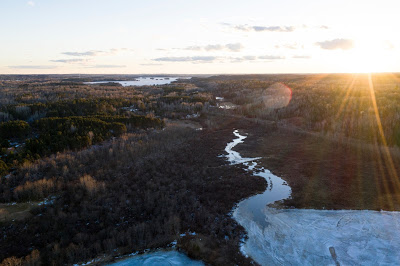A plan to mine the Minnesota wilderness hit a dead end. Then Trump became president
 |
| Various Authors 21/07/2019 |
ELY, Minn. — In the waning months of the Obama administration, a Chilean conglomerate was losing a fight with the United States government over a copper mine that it wanted to build near a pristine wilderness area in Minnesota.
The election of President Trump, with his business-friendly bent, turned out to be a game-changer for the project.
Beginning in the early weeks of Mr. Trump’s presidency, the administration worked at a high level to remove roadblocks to the proposed mine, government emails and calendars show, overruling concerns that it could harm the Boundary Waters, a vast landscape of federally protected lakes and forests along the border with Canada.
Executives with the mining company, Antofagasta, discussed the project with senior administration officials, including the White House’s top energy adviser, the emails show. Even before an interior secretary was appointed to the new administration, the department moved to re-examine leases critical to the mine, eventually restoring those that the Obama administration had declined to renew. And the Forest Service called off an environmental review that could have restricted mining, even though the agriculture secretary had told Congress that the review would proceed.
An Interior Department spokesman said it simply worked to rectify “a flawed decision rushed out the door” before Mr. Trump took office. Several senior department officials with previous administrations, however, said they were surprised by the swift change of course for the little-known Minnesota project, which was not a focal point of Mr. Trump’s presidential campaign.
For the family of the billionaire Andrónico Luksic, which controls the Chilean conglomerate, the policy reversals could provide a big boost to its mining business. Since the change in administration, the Antofagasta subsidiary Twin Metals Minnesota has significantly ramped up its lobbying in Washington, according to federal disclosures, spending $900,000.


